What are the most common STIs?
There are many types of STIs; some are more common than others. Any time you have sexual contact with another person, you could be exposing yourself to an STI.
The following list outlines the most common STIs:
Chlamydia
Chlamydia is caused by bacteria. People can have the infection without knowing it. If they have pain when they urinate (pee), pain during sex or anal discharge, it may mean they have chlamydia. Chlamydia is treated with antibiotics.
Herpes
Herpes simplex virus (HSV) is an infection that results in one or more blisters around the genitals, rectum or mouth. It’s spread through intimate skin-to-skin contact or sex without a condom. It can’t be cured but there is medicine that can help control it so that the outbreaks aren’t as serious or as often.
Human Papillomavirus (HPV)
Genital warts and certain types of cancer are caused by the human papillomavirus (HPV). It causes skin growths on or around the genitals or anus. The symptoms can vary greatly. Some people have only a few warts or other people have many warts. The warts may also continue to grow and spread or go away on their own. They often come back after treatment. You can help prevent HPV by getting immunized.
Gonorrhea
Gonorrhea is caused by bacteria. People can have the infection without knowing it. If they have pain when they urinate (pee), pain during sex or anal discharge, it may mean they have gonorrhea. Gonorrhea can also infect the throat, anus, pelvic organs and eyes. If not treated, gonorrhea can lead to pelvic inflammatory disease (PID) testicle infections and infertility. Gonorrhea is treated with antibiotics. Gonorrhea is treated with antibiotics.
Hepatitis B
Hepatitis B is a virus that causes liver infection that can be passed on through sexual contact, sharing needles or contact with blood. Some people with hepatitis B have no symptoms, while others may be very tired, have a mild fever or muscle aches. While most people recover, some develop chronic infections. It can lead to serious liver disease, liver cancer and death. You can prevent hepatitis B by getting immunized.
Syphilis
Syphilis is caused by bacteria. Early symptoms may include painless sores in the genitals, mouth and rectum or a painless rash on the palms of the hands, soles of the feet or the whole body. If syphilis isn’t treated early, it can lead to serious health problems with the nervous system or the heart. Syphilis is treated with antibiotics.
Trichomoniasis
Trichomoniasis (also called ‘trich’) is caused by a parasite that infects the vagina and the urethra. Trich is spread through sex without a condom. Many people don’t show symptoms, but some have burning when they urinate (pee) and itchy genitals. It’s treated with antibiotics.
HIV
HIV is caused by a virus. HIV can be passed on through sexual contact without condoms or through sharing needles. HIV weakens the immune system and makes it hard to fight infections. There’s no cure but if found and treated early, people can stay healthy for a long time.



